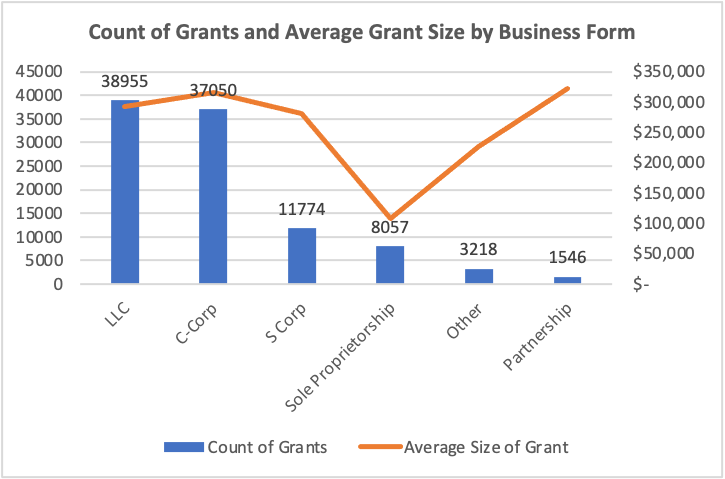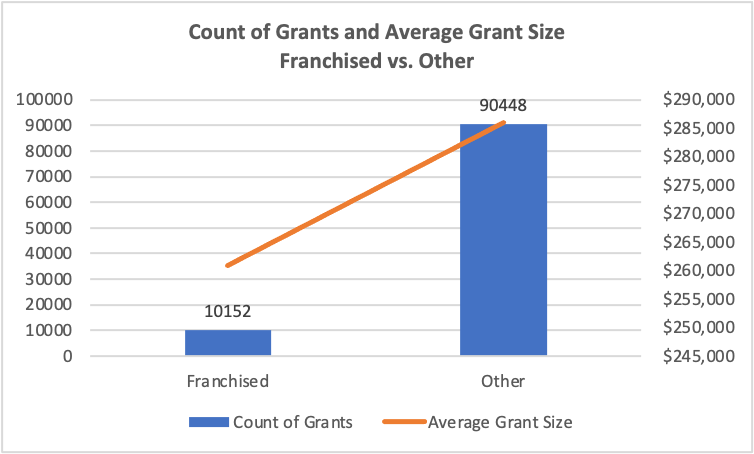
Who Advantages from the Restaurant Revitalization Fund?
The Restaurant Revitalization Fund (RRF) was established by the American Rescue Plan (ARP) Act of 2021, that has been signed into law by President Joe Biden on March 11, 2021, with the intention of helping small to mid-sized businesses in the meals service industry, that was hard hit by the COVID-19 pandemic.
THE TINY Business Administration (SBA hereafter) was charged to manage the $28.6 billion tax-free grant. By the end of April, the SBA launched the registration portal online for RRF. ON, MAY 3, once the website officially opened, applications began to pour in and quickly exhausted the funding pool. By the finish of June, the SBA received a lot more than 278,000 applications with requests totaling $72.2 billion (SBA, n.d. -a). Only 101,600 lucky applicants received approvals of these requests. On July 2, the SBA administrator Isabel Guzman announced the closure of the RRF program in a news release.
Based on the program guidelines (SBA, n.d. -b), the RRF grants may be used for paying for a number of expenses, including utilities, payrolls, supplies along with other qualified costs, and each qualified business can obtain a grant around $5 million per physical location, however, not exceeding $10 million altogether for multiple locations.
Weekly following the program was closed, the SBA publicized the database on the RRF. The rest of this article will analyze the info to provide some insights on what the fund was divided and who take advantage of the grants.
IN-MAY 2021, the initial month once the fund became available, 88,750 applications valued at approximately $20 billion altogether (72 percent of the fund budget) were approved (see Figure 1), indicating that the RRF exhausted rapidly following the program opened. The common size of grants approved in-may was $230,264. In June, another 11,850 applications were approved prior to the remaining fund ran out. The common size of grants approved for the reason that month was $681, 378 (see Figure 2).
Figure 1  Figure 2
Figure 2
The restaurant applicants are diversified running a business forms. Forty-one percent of the fund visited C-Corps, 40 percent LLCs, 12 percent S-Corps, three percent sole-proprietors, two percent partnerships and the rest of the two percent to all or any others, including tribal businesses (see Figure 3). With regards to amount of grants, LLCs replaces C-Corps because the largest group with 38,955 approved applications. C-Corps stays closely behind with 37,050 applications approved. Within each business form, the common size of grants is just about $300,000, aside from sole-proprietors, which have an inferior average size of $107,717 (see Figure 4). That is consistent with the truth that businesses with a sole owner generally have smaller operations than their peers in the forms like partnership, corporation and LLC.
 Figure 3
Figure 3  Figure 4
Figure 4
Over 90 percent of the RRF, amounting to approximately $25 billion, was granted to 90,448 non-franchised restaurants, with the rest of the nine percent to 10,152 franchised restaurants (see Figures 5 and 6). There is absolutely no prominent difference in the common size of grants between franchised and non-franchised businesses, which ranges from $260,000 to $285,000.
 Figure 5
Figure 5
 Figure 6
Figure 6
For the franchised businesses in the database, all approved RRF grants are subtotaled by named franchise. The very best five franchise recipients and their total grants are displayed in Table 1.
Leave a Reply
You must be logged in to post a comment.